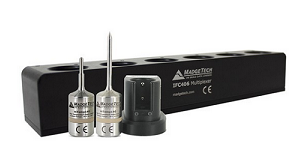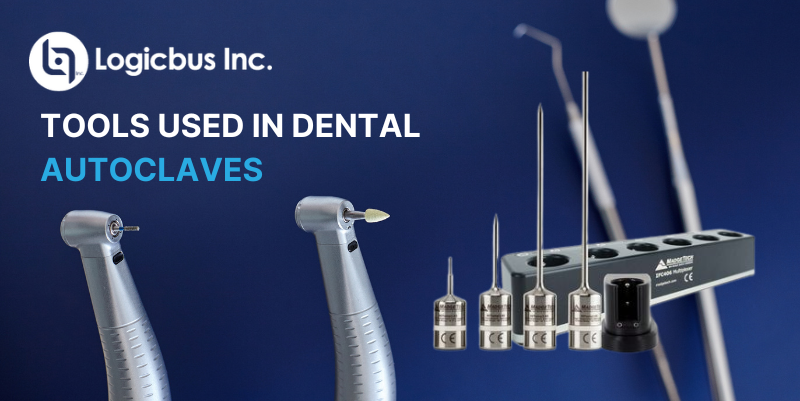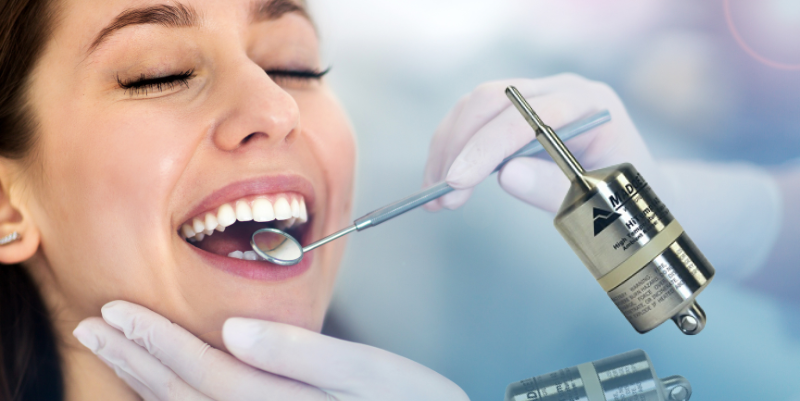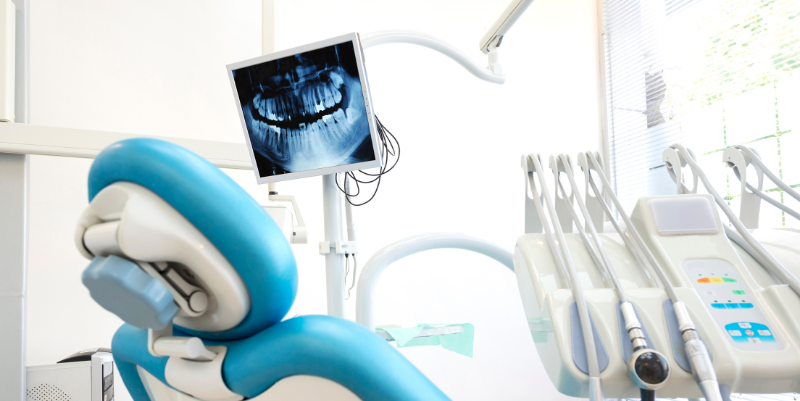Thanks to the influence of the mainstream media, most people understand surgical instruments must be carefully sterilized prior to their use in any medical procedure, in order to protect the safety of the patient. Health professionals, however, realize that sterilization has applications that extend far beyond the operating room.
Sterilization procedures are routinely used in a wide variety of health-related fields—including dentistry, to ensure patient health and safety.
In dentistry, several techniques and procedures have been developed to deal with the pressing issue of keeping tools free from microbes and other hazardous agents. In many cases, dental practitioners resort to “single-use” instruments such as syringes, brushes, and saliva ejectors. These items are designed to be discarded immediately after one application. But some instruments must be used repeatedly—what then? This is the job of the autoclave.
Autoclaves are pressurized high-temperature chambers using specifically regulated steam to sterilize instruments and materials. As one might expect, this process must be carried out with enormous care, as even a slight procedural lapse can compromise patient health. For assurance, the American Dental Association (ADA) has laid out guidelines—based on recommendations issued by the Center for Disease Control (CDC)—that govern the proper use of autoclaves in this industry.
Three Factors to Consider when Sterilizing Dental Instruments
Regular inspection of autoclaves is essential to ensure they perform their optimal sterilizing function. According to the ADA, dental professionals should carefully check three types of indicators when monitoring their autoclaves:
-
Chemical.
-
Mechanical.
-
Biological.
1. Chemical
The use of indicator tapes and other types of chemical indicators can help the technician determine whether the autoclave has reached proper sterilization temperatures. An indicator tape works by changing color if sterilization conditions reach a certain threshold. If the indicator does not respond, it should be assumed that any item being sterilized during that cycle should not be regarded as sterile. The use of this indicator alone is not a guarantee that sterilization was effective.
2. Mechanical
It is important to monitor temperature, pressure, and cycle duration while validating or using the autoclave. To accomplish this, technicians typically use high-quality data loggers; In fact, there are data loggers that are specifically designed for use with autoclaves to provide reporting tools for easy data analysis and confirmation.
3. Biological
Finally, biological monitoring is important to recognize problems with the autoclave and ensure successful sterilization cycles. According to the CDC, an autoclave used in a dental setting should be examined for biological indicators at least once per week. The technician may elect to use spore monitoring strips or resort to a “mail-in” service to check for the presence of harmful microbes.
In addition to the above, a dental practice may be subject to state and local regulations that might impose further regulatory obligations.
Related Product

Visit our website:
www.logicbus.com




sales@logicbus.com | support@logicbus.com | +1 619 616 7350 | Start conversation




